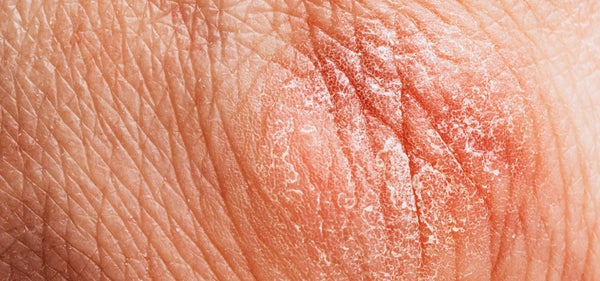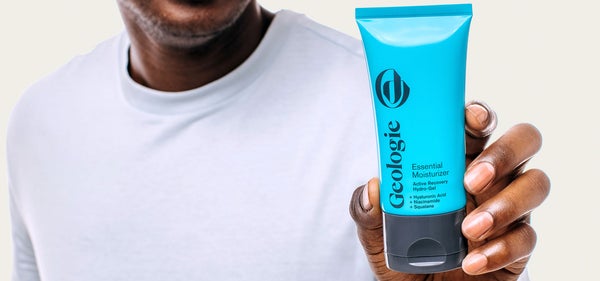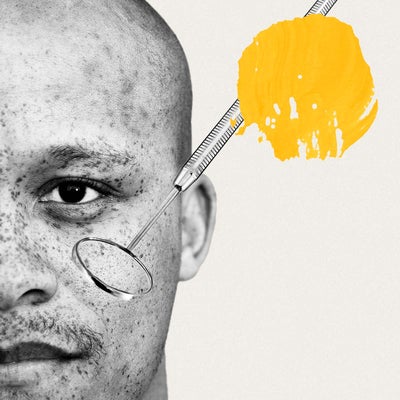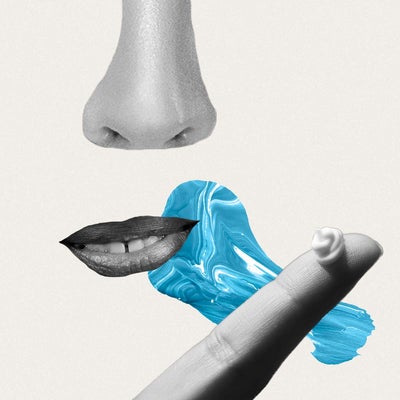
The Temperature is Dropping, Time To Fortify Your Face
In this article you'll learn:
1. That winter air is thirsty and it's coming for your face
2. Why you get paler in the winter
3. Why your face gets red in the cold
4. The rule of a thumb for shower temperature
5. The best way to determine UV index in your zip code
One basic function of the skin is to keep debris from hitting your internal organs. But its most important task is to maintain thermal equilibrium between the body and the outside environment.
In the summer, when you're in a seasonal or temperature-controlled climate of about 75 degrees, the body is comfortable and it doesn't need to do much work.
Not so in colder months, when many factors contribute to abrupt skin changes.
Here are 5 of them:

1. Dry Skin, a.k.a. snow globing
Cold air is thirsty. Being less humid than warm air, it will absorb water in any way it can: it will pull moisture from our lips, hands, and face (also from paper, wood, cement, anything with water or moisture). “The result is dry skin, or trans epidermal water loss,” said Geologie's derm-in-chief Dr. Steve. “And with that comes an increased risk of irritation.”
Check this blog post on why you might be experiencing dry skin.
Same goes for the indoor heating system, which sucks the moisture out of the air, compounding the already drying outdoor air. A good indoor humidifier is a wise investment, which restores moisture to the air, helping to keep the skin from drying out.
A steady diet of hyaluronic acid in the morning cream can also help.
2. Going Paleo
As the temperature drops, the skin reacts to the greater differential between indoor and outdoor temps. “It’s a shock to the system to suddenly be walking outside and it’s 35 degrees,” said Dr. Steve. “This makes blood vessels constrict in the skin, so people get a little bit more pale and whitish looking.”
Blame this on vasoconstriction. That’s when capillaries -- the tiny blood vessels in the skin -- shrink in response to the sudden cold. Your body, trying to preserve a normal core temperature, decreases blood flow to the skin to maintain the heat source from warm blood. A pale pallor is the result.
There’s also this: with less sun exposure in the autumn and winter, the new cells produced in the basal layer of the epidermis are exposed to less radiation and thus have less pigment. This gradual change in skin cells is responsible for that winter pallor.
3. Rosy cheeks
Ever wonder why your face gets red in the cold? The same vasoconstriction that makes your skin pale can also make it red. When your blood vessels narrow to reduce blood flow near the body's surface, sometimes they stretch wider and burst, which causes redness.
Spending time outdoors during the winter, in the wind and sun, increases the risk of this condition. “Skiing is probably one of the most common activities that can cause windburn," said Dr. Steve, who notes that regular moisturizer is the key to giving your skin barrier the protection it needs.
For guys dealing with rosacea, temperature fluctuations can be extra problematic. When you go back indoors, the blood vessels warm up and dilate, releasing an excess of blood into the skin, which causes redness and flushing.
Salicylic acid in the face wash can help remove dead skin cells and reduce redness in those dealing with rosacea and seborrheic dermatitis.
4. Dial Back the Hot Showers
Who doesn’t love a long hot shower in the winter? Thing is, our skin doesn’t like the hot showers. All that hot water can peel away the all-important lipid layer, which is responsible for keeping moisture where it belongs. Instead, try a lukewarm shower, and for only about five minutes. “A good rule of thumb is to turn the temperature down if the mirror starts to fog,” said Dr. Steve.
Remember: right after you get out of the shower, when your skin is damp, is the best time to apply moisturizer.

5. Don’t Forget the Sun
Often, out of sight means out of mind, but it’s important to remember that UV light is still present on autumn and winter days.
Of course, 90% of skin aging is from UV rays. Dr. Steve recommends applying SPF if the UV index is at 4 or above. Familiarize yourself with the daily UV Index in your area at the Sunwise UV Index (there’s also an app).
Are you ready for the best skin of your life? Take the quick diagnostic and let's see how we can help.









